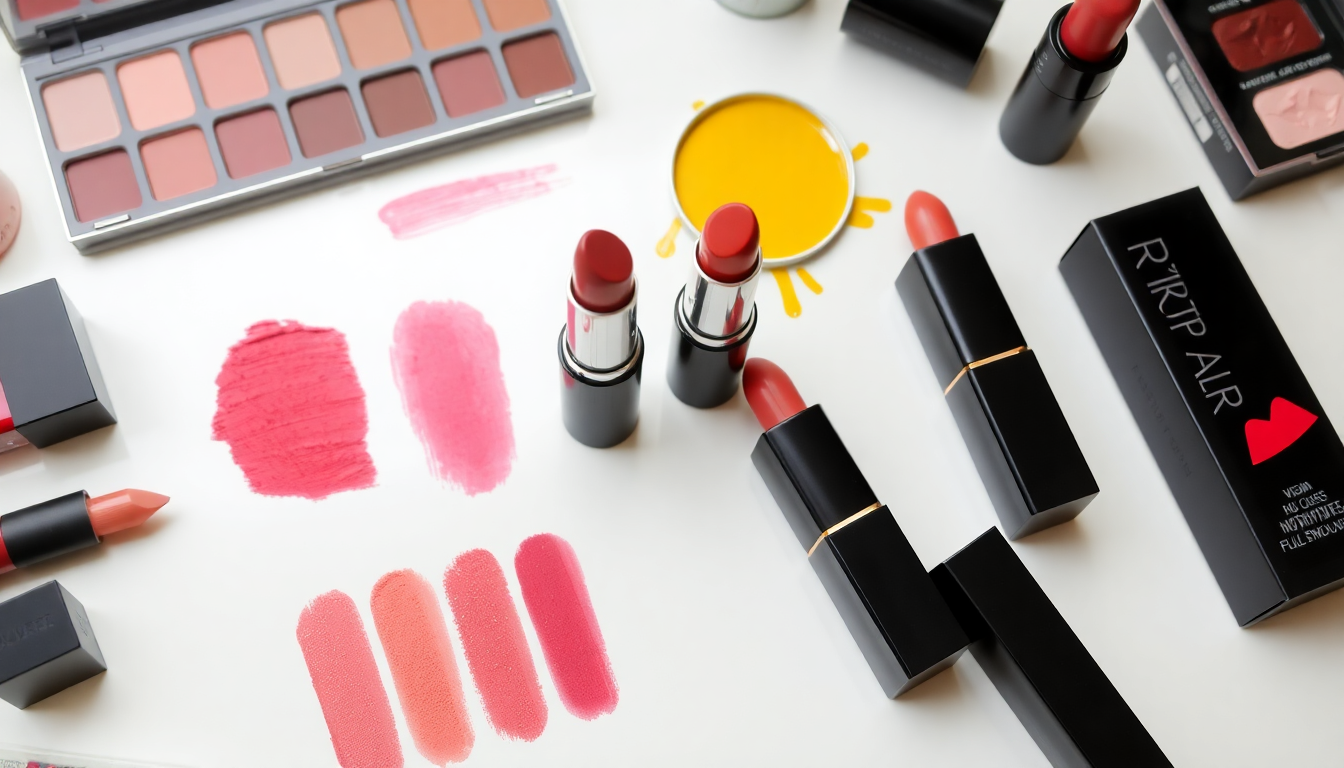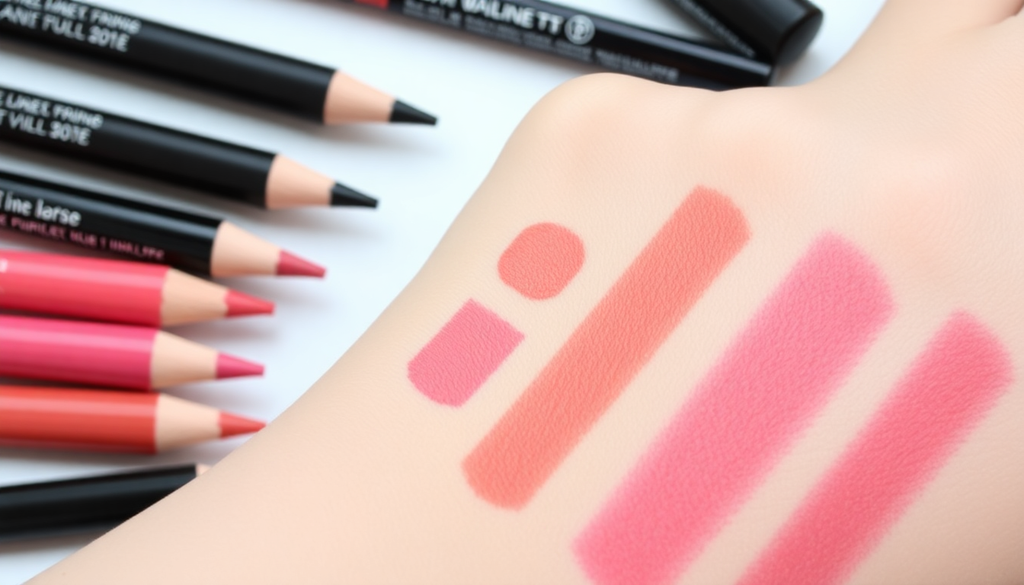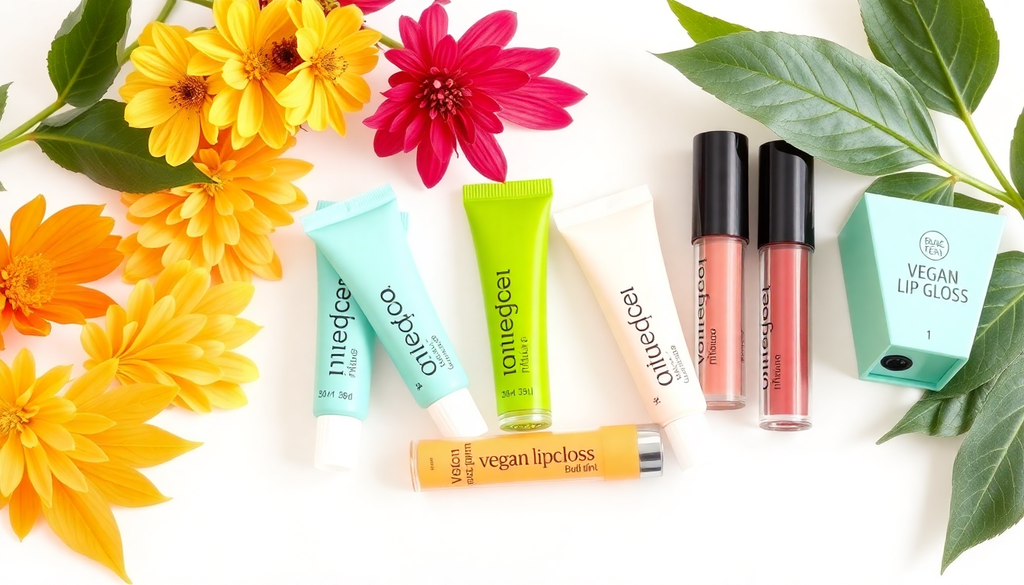
Private Label Lipstick Starter Guide: Pigment, Pouring & Packaging for Vegan Bullets with Low‑MOQ Costing
Private Label Lipstick Starter Guide: Pigment, Pouring & Packaging for Vegan Bullets with Low‑MOQ Costing
Why private label lipstick is the smart launch product in 2024–25
Lipstick is an ideal first SKU for founders launching private label lipstick lines: it’s brand-defining, repeatable, and communicates premium positioning quickly. Industry reports in 2024–2025 highlighted three clear trends for color cosmetics: growing consumer demand for cruelty-free/vegan formulations, continuing interest in clean and transparent ingredient lists, and rising consumer engagement with refillable or low-waste packaging. These trends make a well-executed vegan lip bullet both timely and commercially defensible for small beauty brands.
Step 1: Formula foundations — what beginners MUST know
Think of your formula as the foundation of a house: if it’s solid, everything else sits well. For beginners, keep it simple and scalable.
- Starter vegan base: Begin with a candelilla or carnauba wax backbone, an ester-rich oil blend (hydrogenated vegetable oils or jojoba esters), and a small amount of a silicone alternative or film former for slip. Avoid beeswax, lanolin, and other animal-derived ingredients to ensure a true vegan lip product.
- Pigment strategy: Work with micronized iron oxides and synthetic lakes. For opaque bullets, aim for a pigment load between 6–10% by weight; for satin finishes, 4–7%; for sheers, 1–3%. Measure viscosity and hardness as you increase pigment — pigments can stiffen the formula and affect pour behavior.
- Emulsifiers & claim support: Use ethylhexyl palmitate or hydrogenated vegetable glycerides to balance mouthfeel. If you want ‘clean’ or ‘natural’ claims, choose certified ingredient suppliers and request COAs (Certificates of Analysis).
Never skip stability testing! Perform 4-week real-time and 2-week accelerated (40°C) stability tests. Check for oil separation, color shift, bloom, and microbial growth if water is present.
Step 2: Pigment, color matching & color strategy
Color is your fastest path to differentiation. Selecting 5 starter shades is like building a capsule wardrobe — each must be versatile.
- Pick a universal nude (MLBB), a soft pink, a warm terracotta, a classic red, and a deep berry. These cover daily wear, seasonal needs, and occasion looks.
- Use Pantone references for lab communication (e.g., Pantone 13-1406 for a cool nude baseline). Always request physical swipe cards — digital color values shift across screens.
- Build a color ramp: create a full-opacity swatch, a one-stroke (sheer) swatch, and a layered swatch to show wearer realities.
Step 3: Pouring & production — from lab to low-MOQ runs
Pouring lipstick bullets is a precise choreography of heat, speed, and tooling. Here's how to minimize headaches with low-MOQ production.
- MOQ realities: Many reputable private label manufacturers offer low-MOQ options from 100–500 units for basic shells, but tooling and decoration often raise costs. Expect per-unit pricing to fall significantly at MOQ 500–1,000.
- Pour control: Maintain a stable melt temperature (documented by your manufacturer). Typical pour temps range from ~80–95°C depending on wax blend. Too cool = air pockets; too hot = pigment settling.
- Tooling & molds: Molds are usually a one-time or amortized charge. Request photographs of test pours and cross-section molds before full runs.
Step 4: Packaging that sells — low-cost to premium & sustainable swaps
Packaging conveys value. Decide early if you'll lean budget-friendly or premium, and whether sustainability is integral to your brand.
- Budget options (often < $0.80/unit): Standard polypropylene twist tubes, simple caps, basic label printing. Good for test markets and influencer seeding.
- Mid-tier ($1.00–$2.50/unit): Metalized shells, custom color finishes, printed sleeves, or single-piece molded casings. Better shelf presence and perceived luxury.
- Premium & sustainable ($2.50+/unit): Sugarcane-based bioresin tubes, refillable metal casings, engraved closures. Attractive to eco-conscious consumers but typically require higher MOQ and longer lead times.
Packaging checklist:
- Confirm separate MOQs for raw tubes vs. decorated pieces.
- Request drop tests and cap retention data.
- Confirm recyclability and supplier sustainability claims.
Step 5: Cost modeling & hidden fees
Keep a realistic cost model so margins don’t evaporate.
- Production cost benchmark: Lipstick production often ranges from $1.20–$3.50/unit at MOQ 500 depending on pigment load, packaging, and decoration.
- Hidden costs to budget for: tooling, stability and compliance testing, labeling artwork fees, shipping, tariffs, and any third-party certification fees.
- Tip: Consolidate SKUs in a single run to reduce per-unit tooling and set-up fees.
Manufacturer’s corner — 7 practical tips from the factory floor
- Start with a pilot run (50–200 units) to validate color and run behavior before committing to larger MOQ.
- Ask for a detailed pour schedule and maintain records for reproducibility.
- Request COAs, mill certificates, and vegan/cruelty-free declarations for key inputs.
- Negotiate inclusion of one stability cycle in the initial quote.
- Consider offering refill pods to reduce packaging costs long-term.
- Ensure label copy meets regional cosmetics regulations (ingredients, warnings, batch codes).
- Plan 6–12 weeks lead time for tooling, more for special finishes or sustainable materials.
Manufacturer checklist — 5 critical questions
- What is the exact MOQ for the chosen packaging and decorated pieces?
- Can you provide COAs and vegan/cruelty-free documentation for waxes and pigments?
- What testing is included (stability, heavy metals, migration) and what incurs extra fees?
- How are tooling costs calculated and amortized?
- What is the expected lead time from formula sign-off to shipment?
Final launch readiness checklist
- Formula locked and stability-tested (real-time & accelerated)
- Physical color swatches approved and pour samples in final shell
- Packaging prototypes tested for durability and retention
- Complete landed cost including packaging, testing, labeling, freight, and tariffs
- Manufacturer agreements that cover MOQs, tooling amortization, and quality control steps
Key takeaway: Never skip stability testing! It’s the single most important safeguard against reformulation costs and brand damage. Building a private label lipstick line is a balance of creative decisions and reproducible manufacturing practices. Treat early runs as experiments with clear success metrics — conversion from sample to sale, return rates, and social feedback.
Ready to move from inspiration to product?
If you're launching a private label lipstick or exploring custom cosmetics with realistic MOQ strategies for vegan lip product bullets, request our starter kit and a tailored low-MOQ quote. We provide pigment formulations, pour schedules, packaging samples, and a transparent cost model to help you decide. Request your kit at [CONTACT PAGE]


